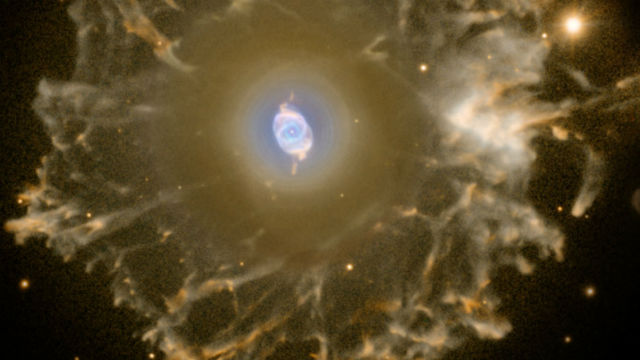Throwback Thursday: The Greatest Beard in Astronomy’s History
A forgotten almost-hero of the 19th century still has something to teach about science… and style.
“There is nothing more contemptible than a bald man who pretends to have hair.” –Martial
Back in the late 1800s, astronomy was a fast-developing field, with rapid advances occurring in telescope size and technology, increasingly accurate predictions and public suites of observations, and vast new catalogues of deep-sky objects.
But perhaps most famously, in 1781, a discovery of a new planet in our Solar System — Uranus — set the scientific world aflame.
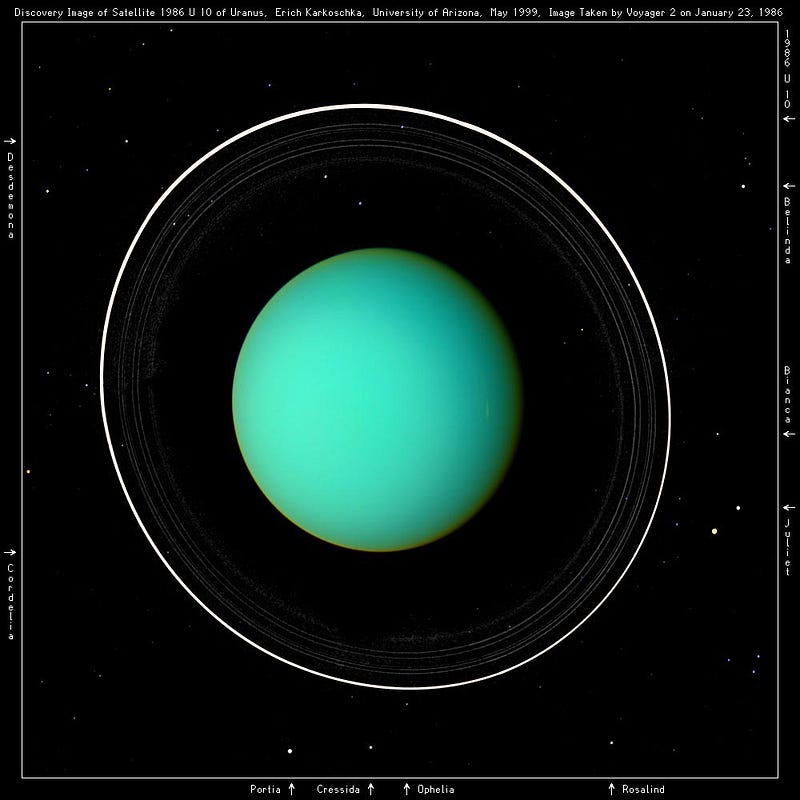
What was amazing about Uranus — the first planet discovered since antiquity — is that it provided an immediate testing ground for the most powerful laws governing the Universe at the time: Newton’s law of universal gravitation.
If you could figure out how far an object was from the Sun and how quickly it was moving, you should immediately be able to derive its entire orbital path. That’s the power of a scientific theory: the ability to predict the future behavior of a well-understood physical system.
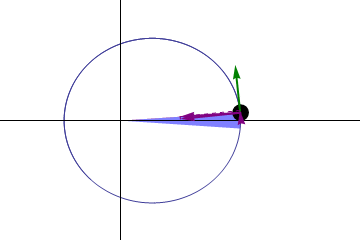
In 1821 — forty years after Uranus was first discovered — astronomer Alexis Bouvard published his first table of results that he obtained through keen observations of the new, distant world. Newton’s laws predicted exactly how quickly any massive body should move in orbit around the Sun, and deviations from Kepler’s laws could be calculated due to the masses, distances and positions of all the other known bodies in the Solar System.
Yet, with all these taken into account, there was a problem.

Uranus appeared to move too quickly as compared to its predicted speed at first, then slowed down to the expected speed, but then slowed down even further, to below its predicted speed. And this appeared to fly in the face of Newton’s theories. Unless, as Bouvard hypothesized, there was an eighth planet out there perturbing the orbit of Uranus!
Today’s forgotten hero of astronomy, John Couch Adams (who would have turned 195 today), became incredibly taken with this idea, and devoted the early part of his scientific career to studying this problem.
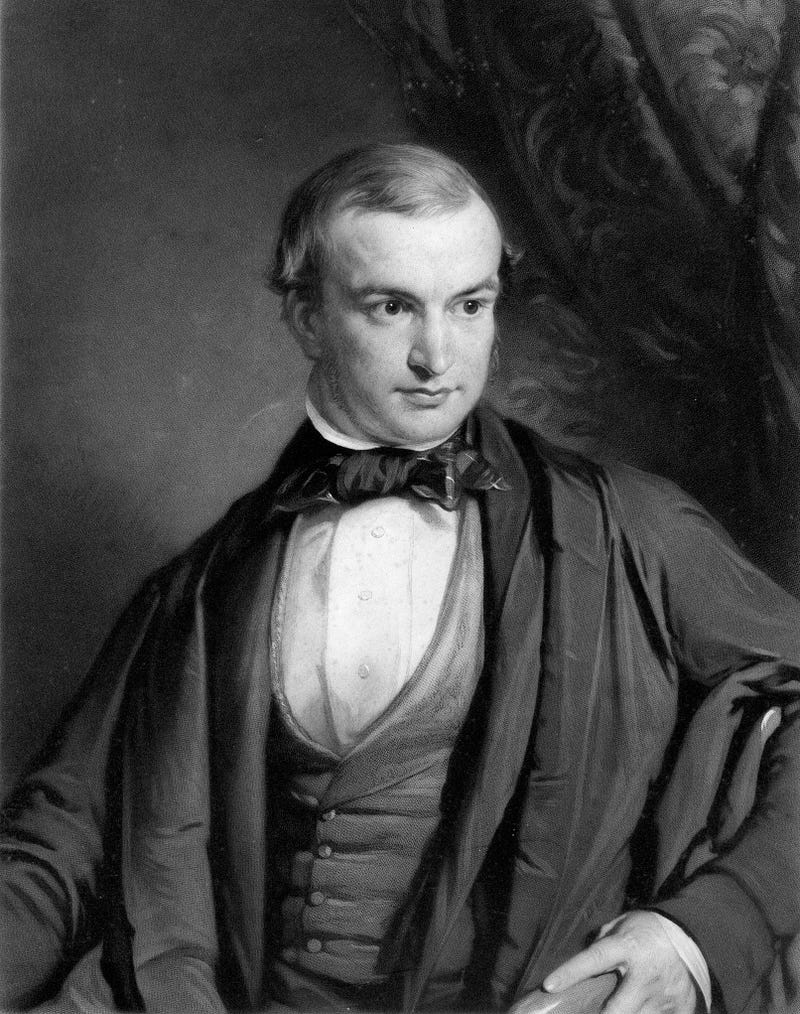
Like many men — and I know this pain myself — he began to bald at a relatively young age. During the 1840s, he attempted to predict exactly where the new, massive, outer world would need to be, in order to give contemporary astronomers a target. It’s very difficult to look for a new, faint point of light in the sky if you don’t know exactly where to look, so getting a precise answer was extremely important.
By the mid-1840s, he was in communication with astronomers James Challis and George Airy about his predictions, but the planet failed to turn up. As it was, Adams had fired off a total of six letters in rapid succession in 1845/6 that contradicted one another. There were some mistakes in his work that he was refining, and the six predictions he gave disagreed with one another with a range of 12°! Perhaps heartbreakingly, at least one of his predictions was very much correct. (In fact, Challis himself actually observed Neptune during at least one and possibly on two occasions, mistaking it for a star!)

And then every scientist’s nightmare happened to Adams: he was scooped!
On August 31, 1846, Frenchman Urbain Le Verrier announced that he had computed the position of where this new planet must be, and sent off a letter to Germany and Johann Galle at the Berlin Observatory. The letter arrived in Berlin on September 23, and it was clear for observing that very evening. Galle and his assistant, d’Arrest, pointed their telescope towards the exact location Le Verrier predicted, and less than 1° away, there it was.
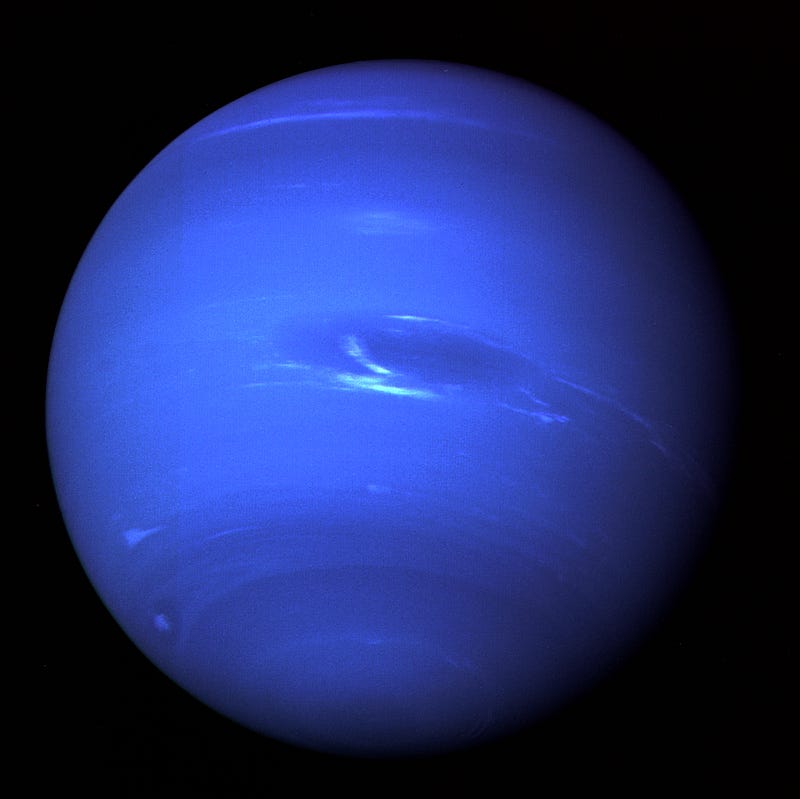
Neptune. A new planet. And while many in Britain tried to ascribe more credit to Adams than he was due, Adams himself was incredibly humble about his own role. Submitting to the Royal Astronomical Society in November of 1846:
I mention these dates merely to show that my results were arrived at independently, and previously to the publication of those of M. Le Verrier, and not with the intention of interfering with his just claims to the honours of the discovery ; for there is no doubt that his researches were first published to the world, and led to the actual discovery of the planet by Dr. Galle, so that the facts stated above cannot detract, in the slightest degree, from the credit due to M. Le Verrier.
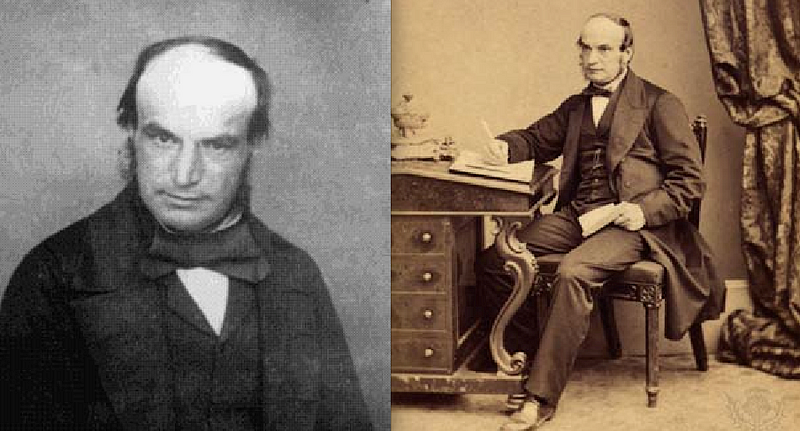
As he got older, he continued to work on other important problems, making significant progress on determining the cause of deviations in the Moon’s orbital motion and parallax. Unfortunately, he also adopted the most vile hairdo a balding man can choose: the combover.
But it was a spectacular meteor shower in 1866 — the Leonids, on the 33rd anniversary of another spectacular Leonid show — that changed everything.

Adams calculated that there must be a cluster of dusty debris moving in an elongated elliptical orbit around the Sun with a period of 33.25 years, taking it out past Jupiter, Saturn, and even Uranus’ orbit. The orbit matched, in fact, the one taken by the newly discovered Comet Tempel-Tuttle, and led to the identification with meteor showers as being caused by cometary debris trails!
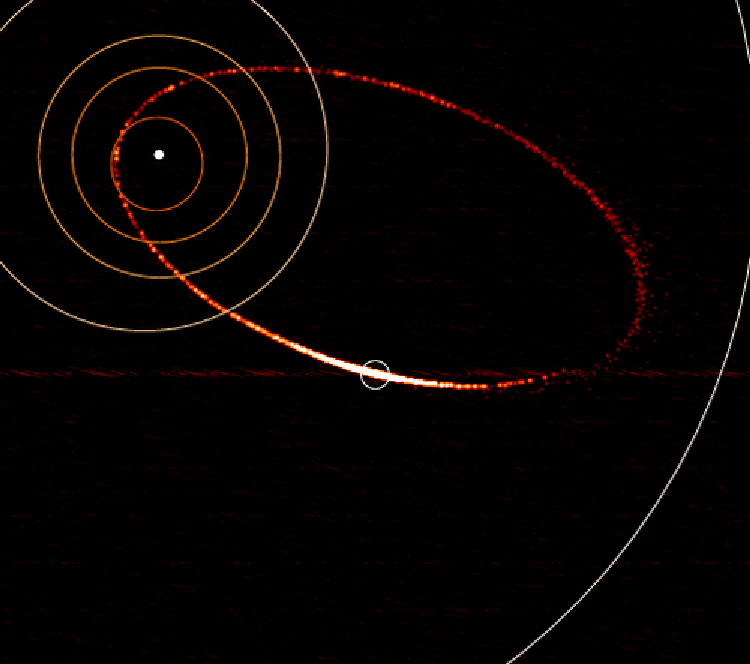
This was Adams greatest scientific achievement, and shortly thereafter, he reached his greatest achievement in the world of style as well: eschewing the combover and growing a mighty beard instead!


Even as an old man shortly before his death, his bearded style was something to be envied by all.

So happy birthday to my bearded astronomy hero, John Couch Adams, and may you appreciate his science, his style and his humility on this Throwback Thursday!
Enjoyed this? Leave a comment at the Starts With A Bang forum on Scienceblogs!





